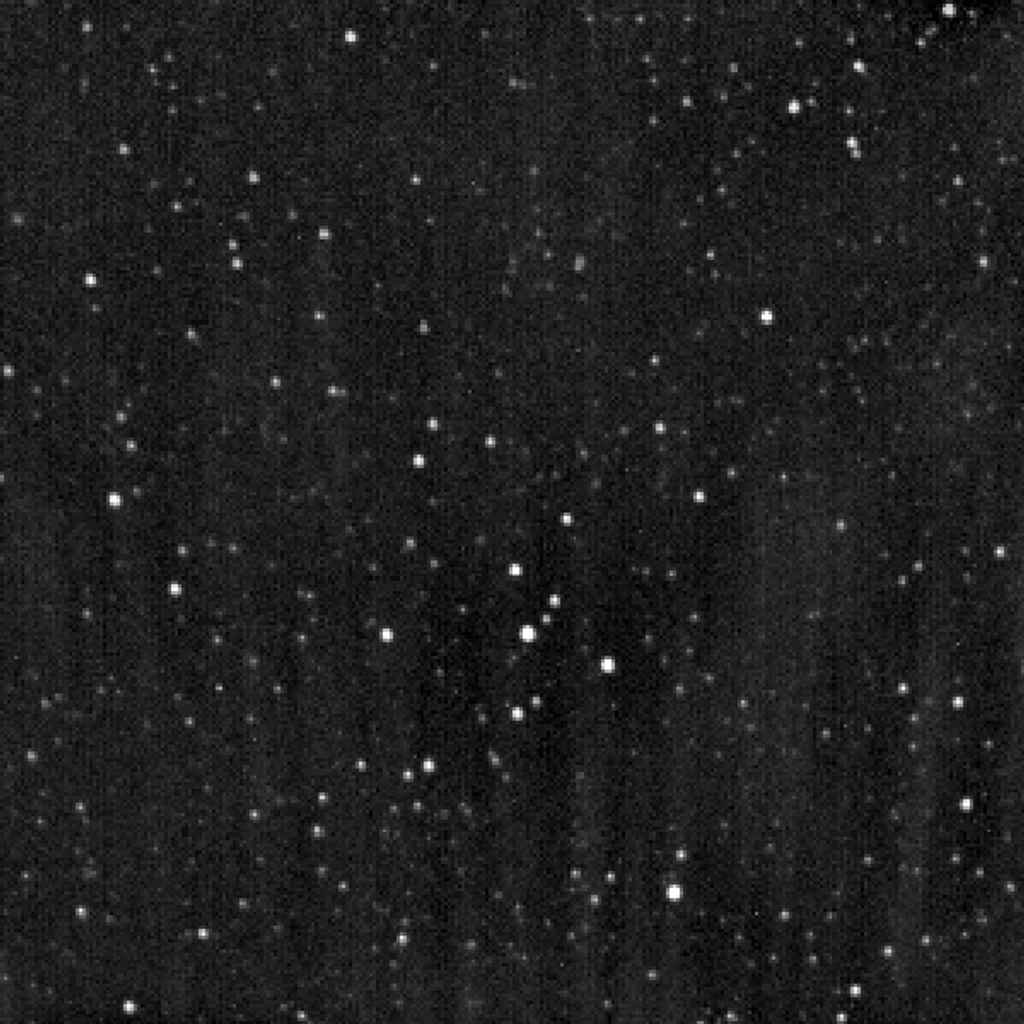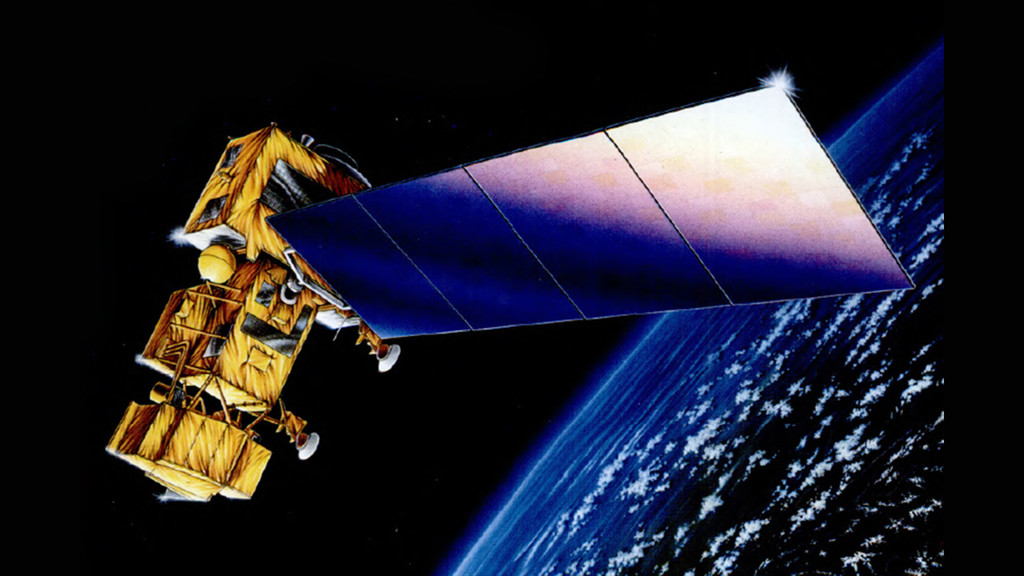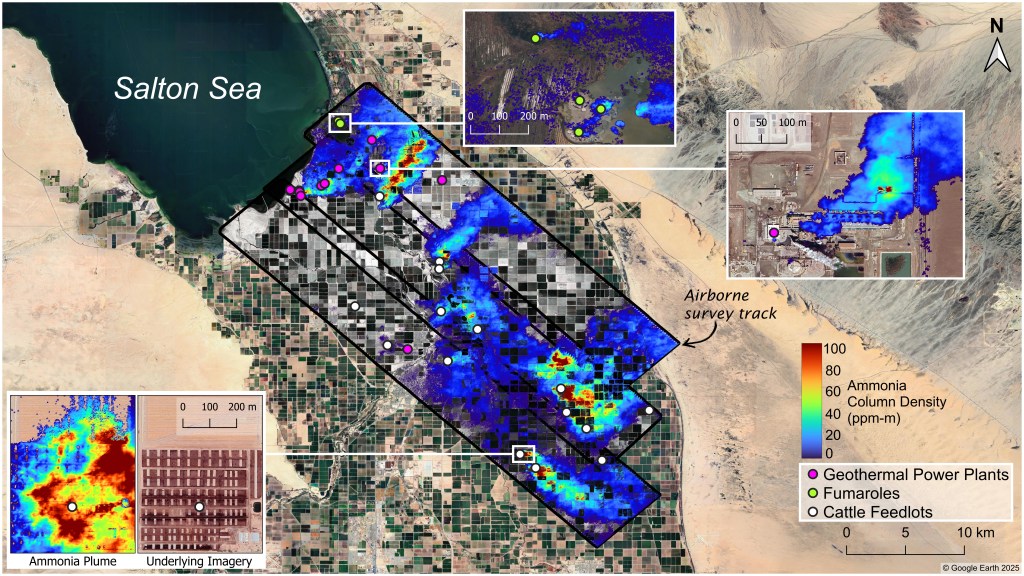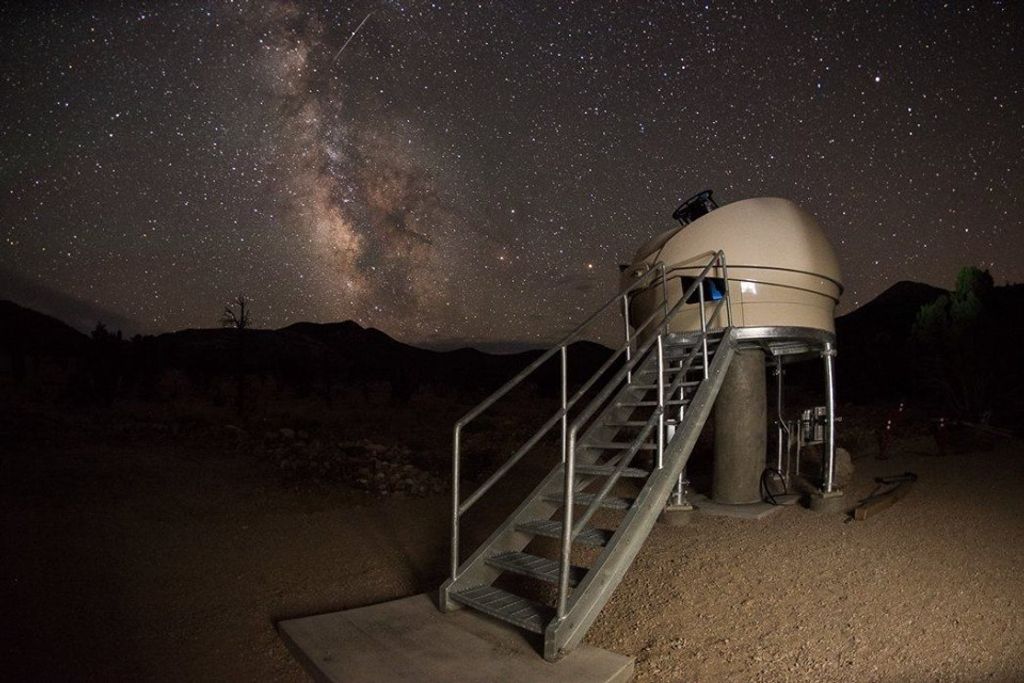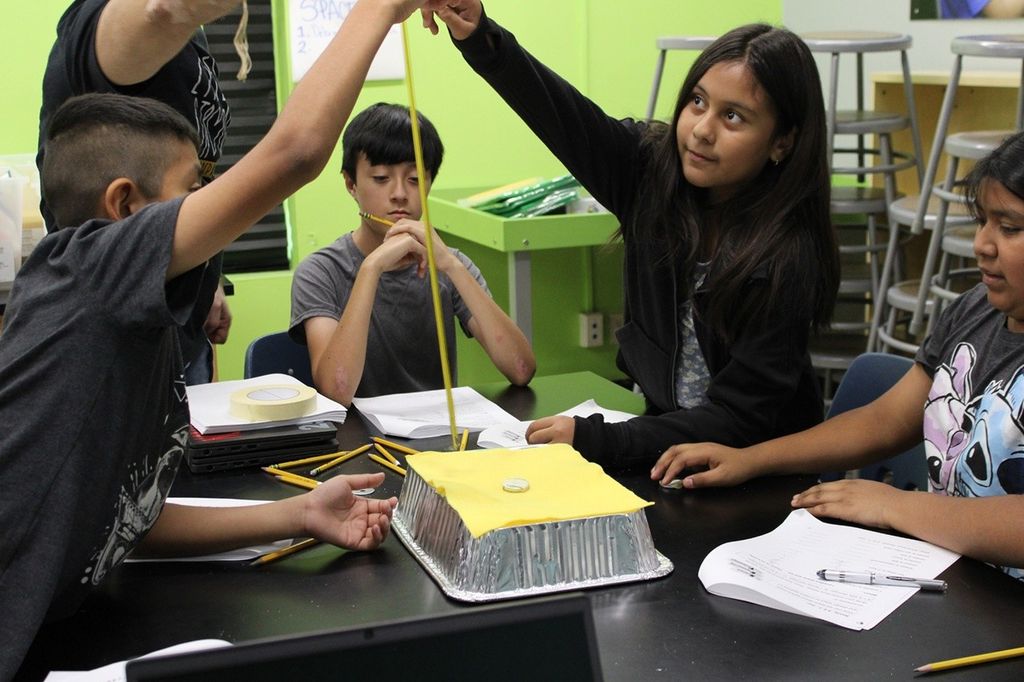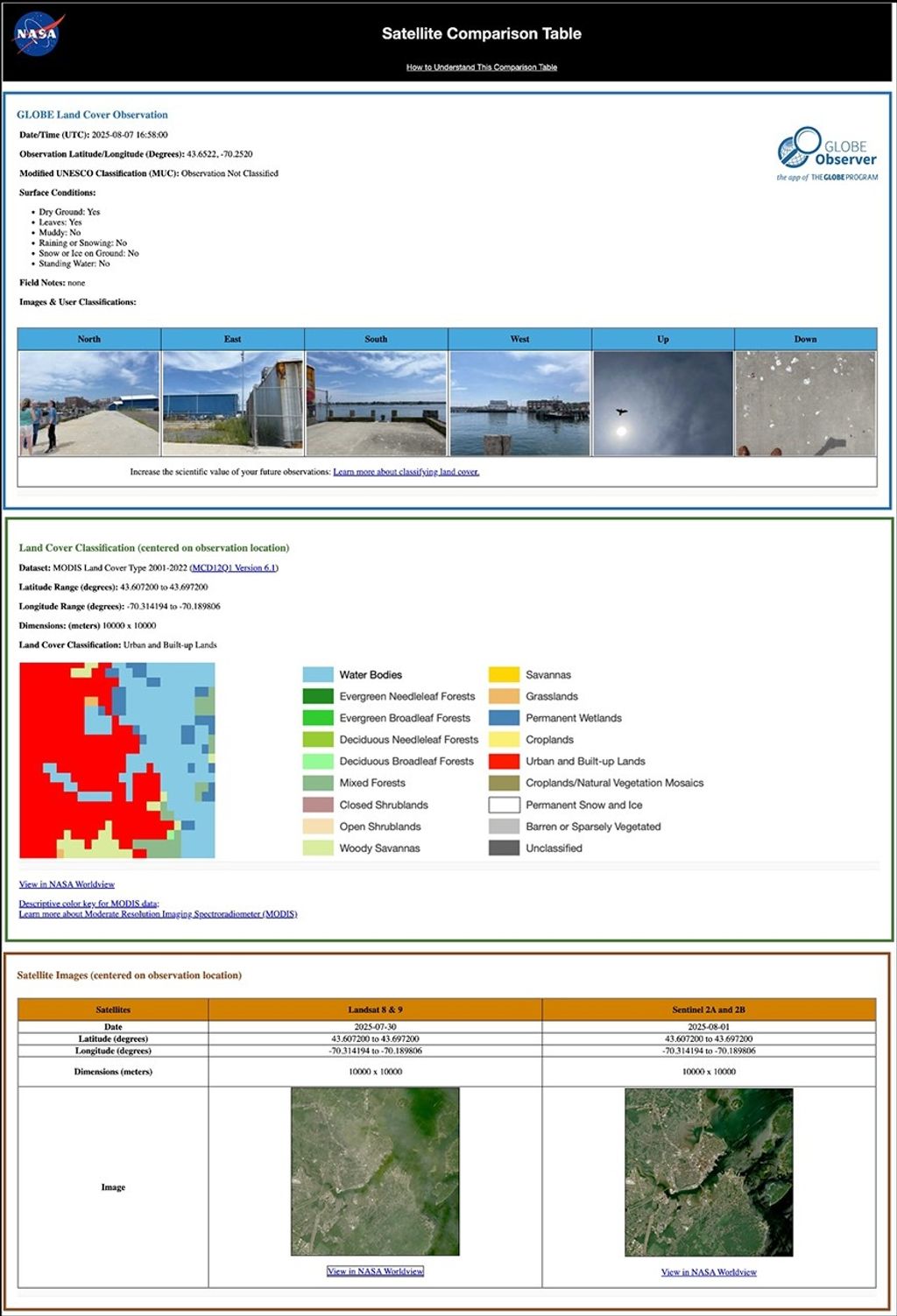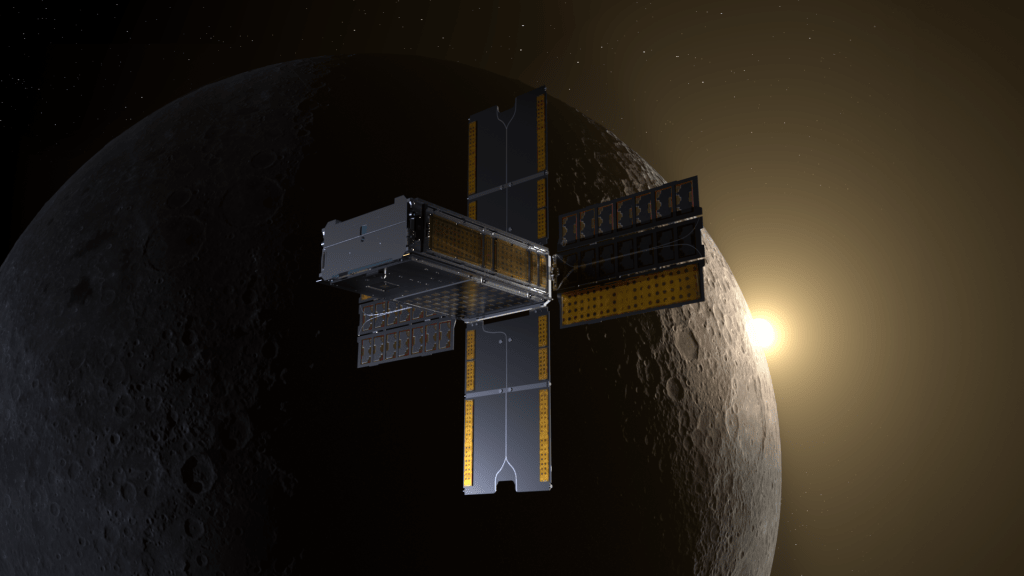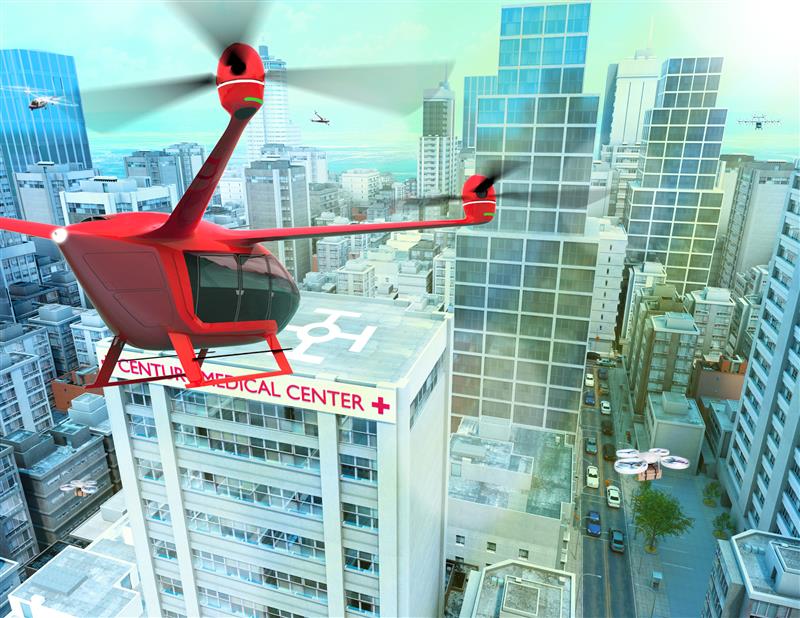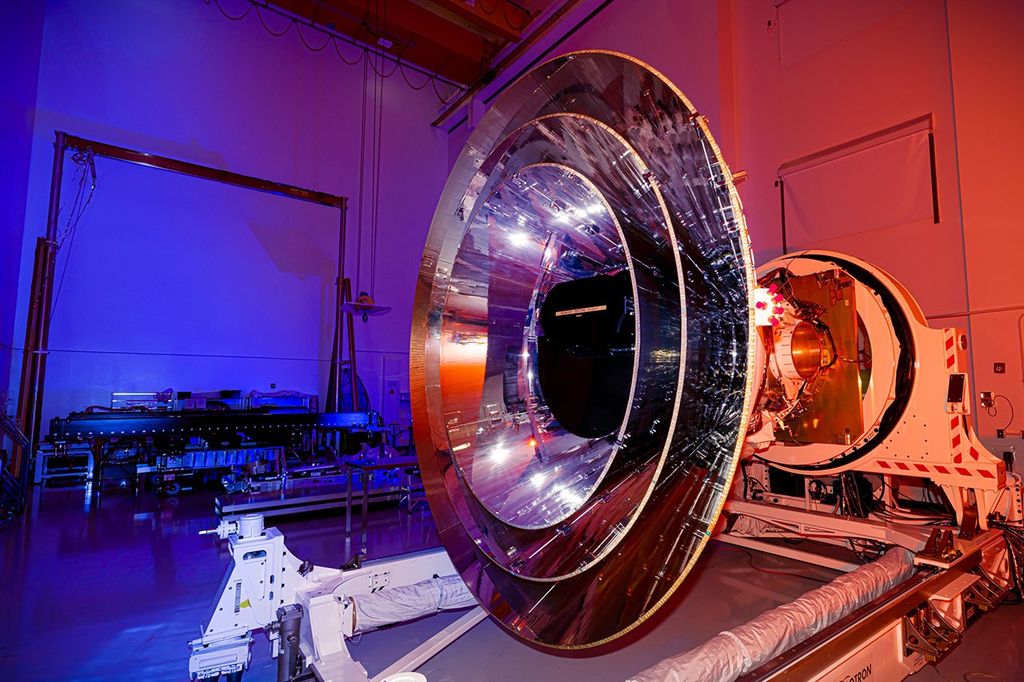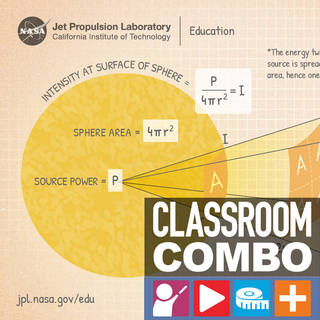
Audience
Educators
Grade Levels
Grades 5-8, Grades 9-12
Subject
Mathematics, Physical Science, Technology, Algebra, Measurement and Data Analysis, Waves, Energy, Light, Space Vehicles
Type
Lesson Plans / Activities, STEM Resource Collections, Videos
Next Generation Science Standards: MS-PS4-2, HS-PS4-5
Common Core Math: 6.EE.A.1, 6.EE.A.2, 6.EE.A.2.C, 8.EE.A.1
Classroom Connection
With this collection of resources, you can use demonstrations, hands-on measuring activities and math to help students apply the inverse square law and discover how distance affects light intensity.
The Science Behind the Combo
The inverse square law applies to sound and electrostatics, and NASA is interested in the law and its effects on light energy and gravity. Within the engineering design process for the Juno mission (see the “Why with Nye” video accompanying this lesson), engineers asked some fundamental questions: How much power would be required to operate Juno’s systems, and could a solar array (plus two lithium-ion batteries supplying power when the Sun is eclipsed by Jupiter itself) provide the long-term power needed throughout Juno’s mission life? Knowing Jupiter’s distance from the Sun and applying the inverse square law, engineers theorized that Juno’s array would produce approximately 480 Watts while in an elliptical orbit around Jupiter. And they were right!
Combo Resources:
Why With Nye: Bill Nye and Juno the Solar-Powered Spacecraft
Demonstration: Collecting Light: Inverse Square Law Demo
Hands-on Activity: The Inverse Square Law of Light
Middle School Math/Algebra 1 Lesson: Powering Through the Solar System with Exponents
Algebra 2 Lesson: Lights on the International Space Station
Infographic: Solar Power Explorers
Teacher Tips:
- Mix and match the combo resources to suit your goals, allotted time and available materials.
- Introduce the inverse square law with the video or a demonstration.
- The algebra 2 lesson requires using Texas Instrument Nspire (TI-Nspire) graphing calculator technology for successful completion.
- Ask students if they know of any additional examples within the sciences of an inverse square law. Amazingly, everything from Newton’s law of universal gravitation, Coulomb’s law (electrostatics) and the propagation of sound in a gas adhere to this law. But that’s not all. Even Earth-bound photographers must understand what happens to the intensity of light when taking large family photos. Let your students search the internet to see if they can discover a well-known rule of thumb in the photography business for using the inverse square law, and then spend time discussing it in class.






